NASDAQ closed down -2.11% or 274 pts to 12723.47 overnight. The strong break of 12983.05 neckline support confirmed the completion of head and should top reversal pattern as mentioned (ls: 13728.98, h: 14175.11, rs: 13601.33) here. More downside is expected for now, for minimum target at 100% projection of 14175.11 to 13003.98 from 13601.33 at 12430.20 and below.
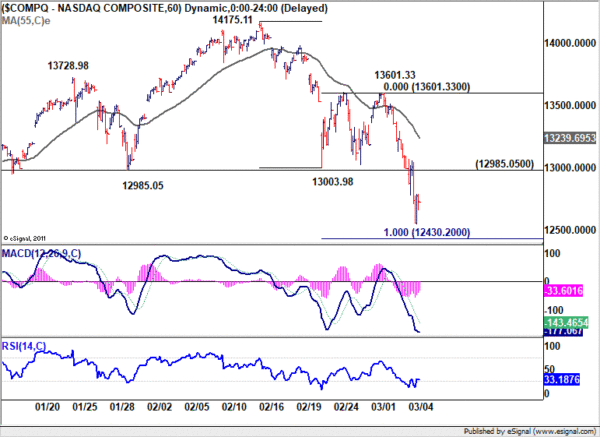
Still, we’d maintain that cluster support at 12074.06 (61.8% retracement of 10822.57 to 14175.11 at 12103.24) is the key level. We’d expect strong support from there to contain down side and bring rebound (at least on first attempt). That could keep the pattern from 14174.11 as a correction to rise from 10822.57 only, and set the base for up trend resumption later.
However, sustained break of 12074.06 will argue that NASDAQ is already correcting the whole up trend from 6631.42. That would open up the case of deeper medium term correction through 10822.57 support.
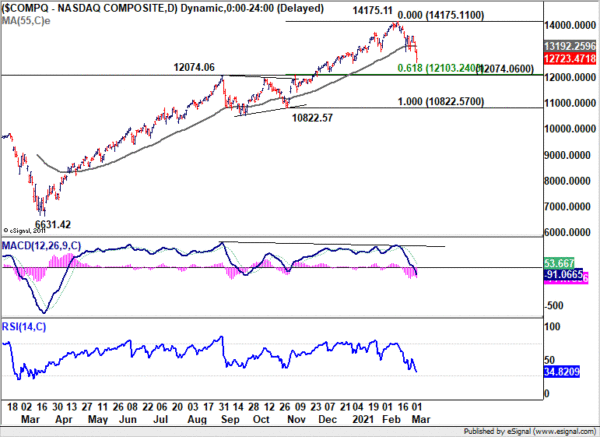
Similarly, even though S&P 500 looks vulnerable for a deeper pull back, we’d expect strong support from 3588.11 to contain downside to bring rebound. But sustained break there would indicate the start of a deeper correction to the whole up trend from 2191.86.
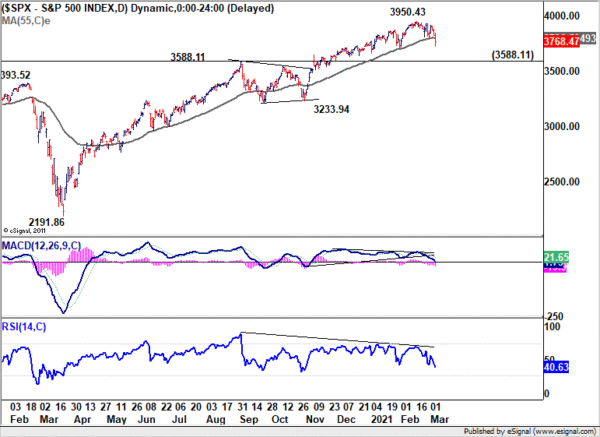




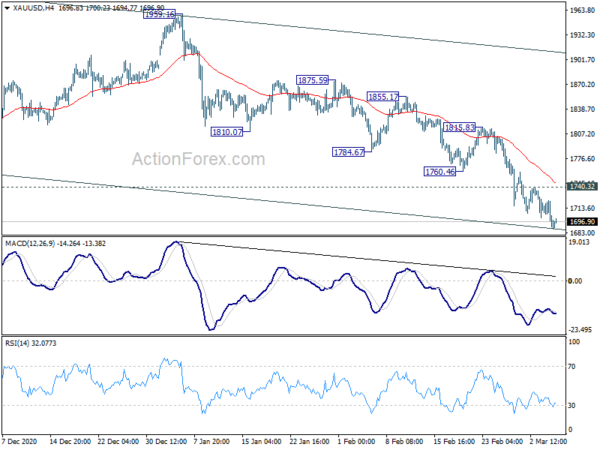
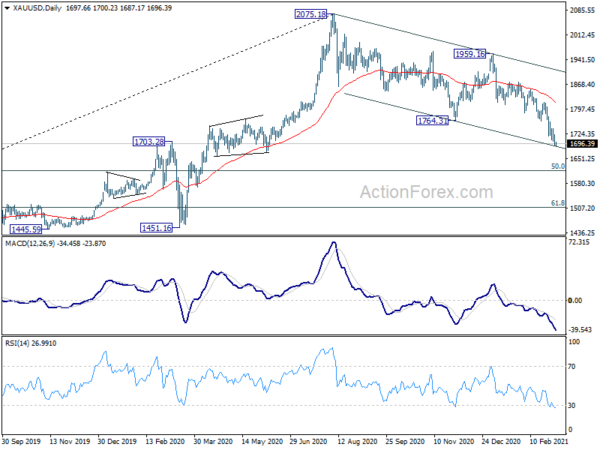
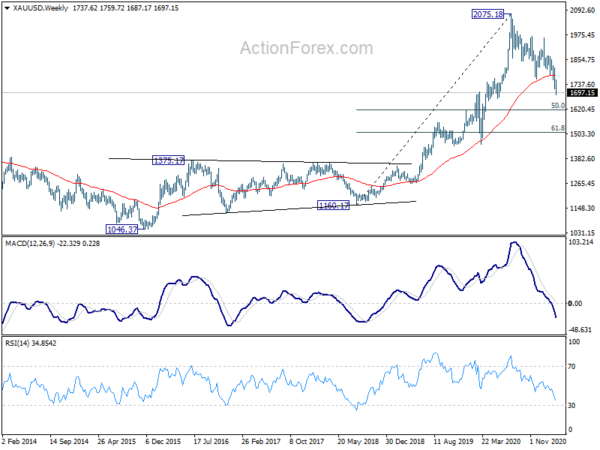
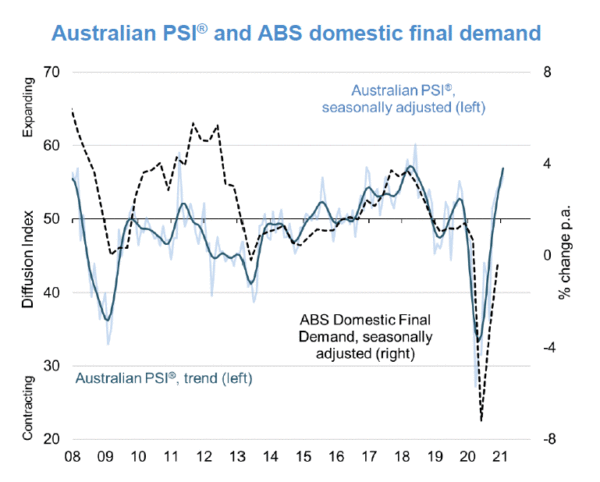
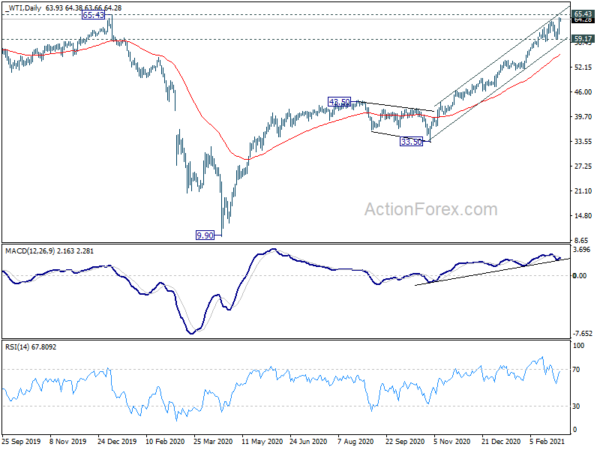
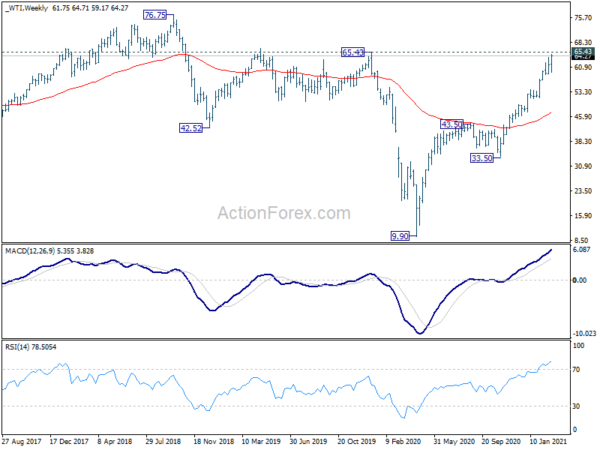



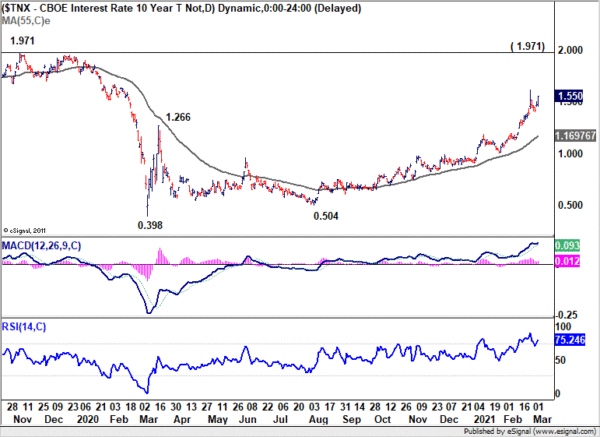
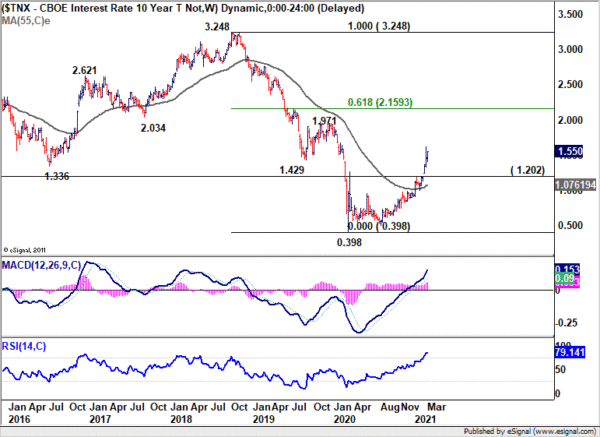

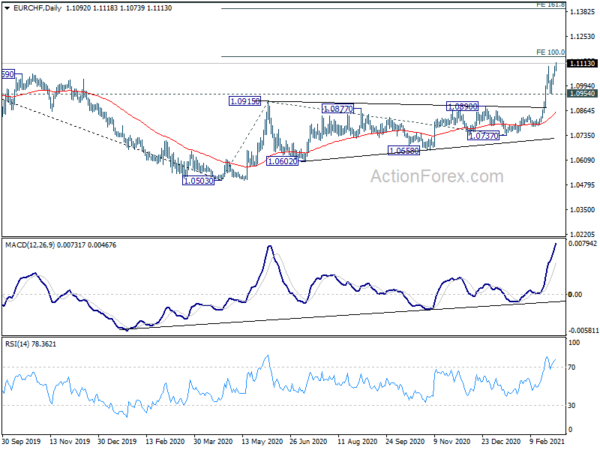
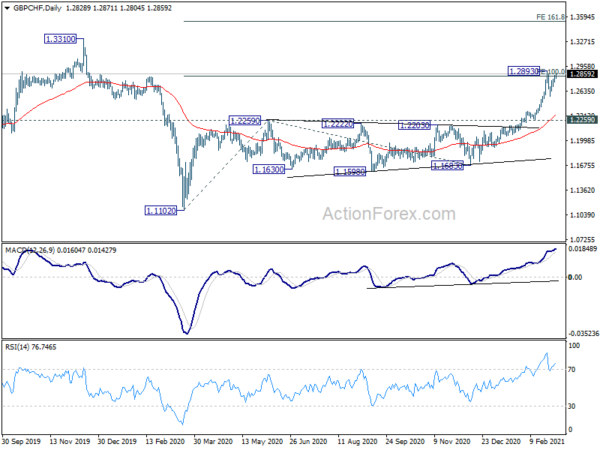
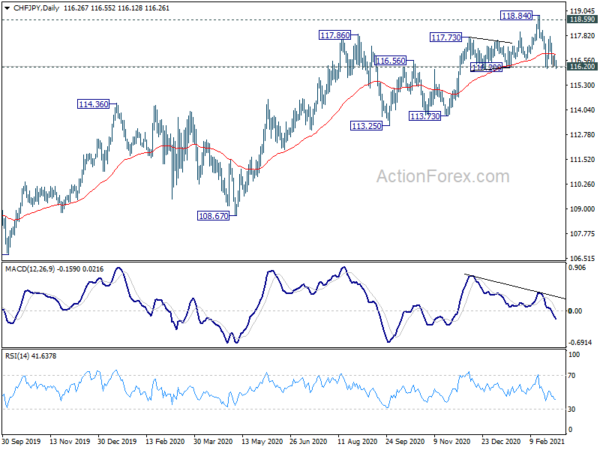
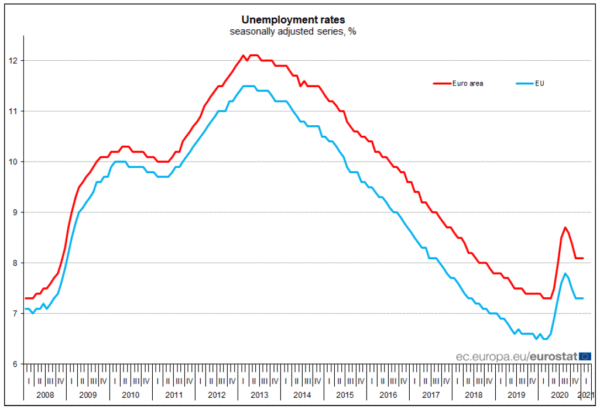
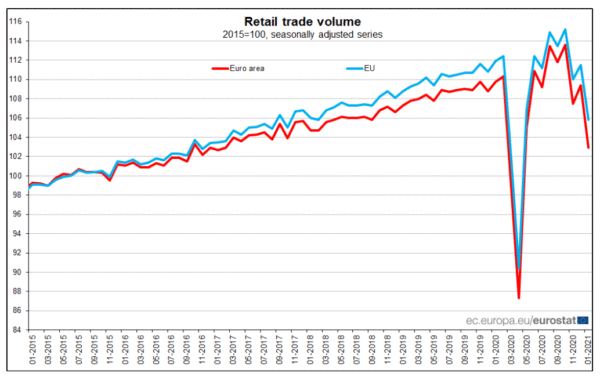
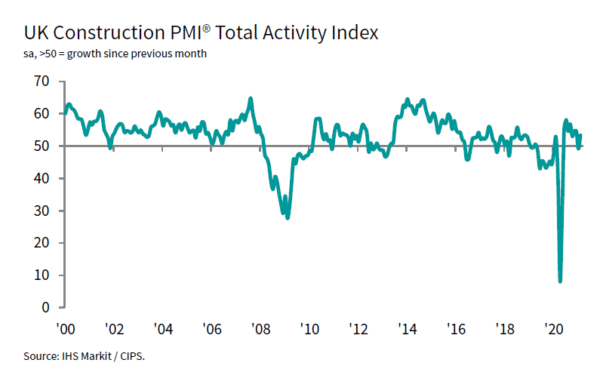
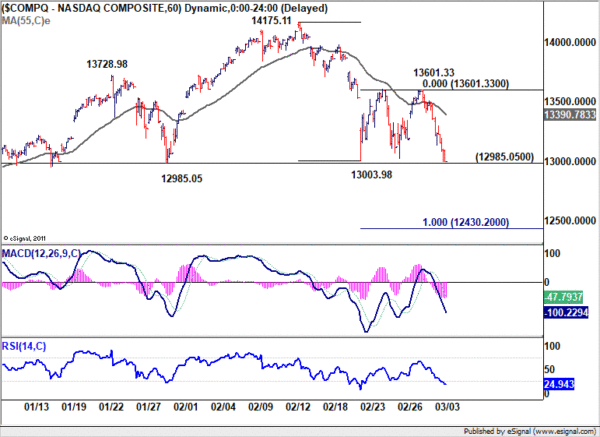
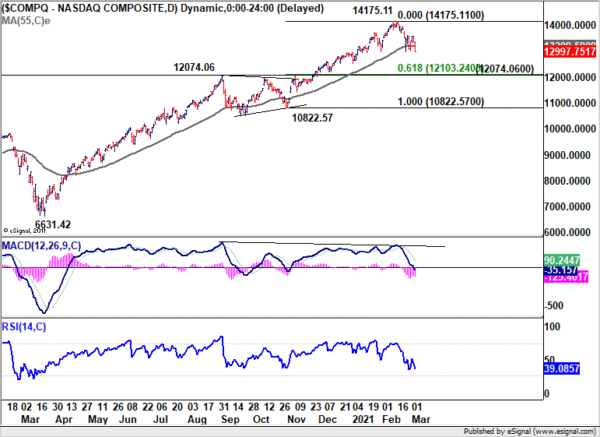
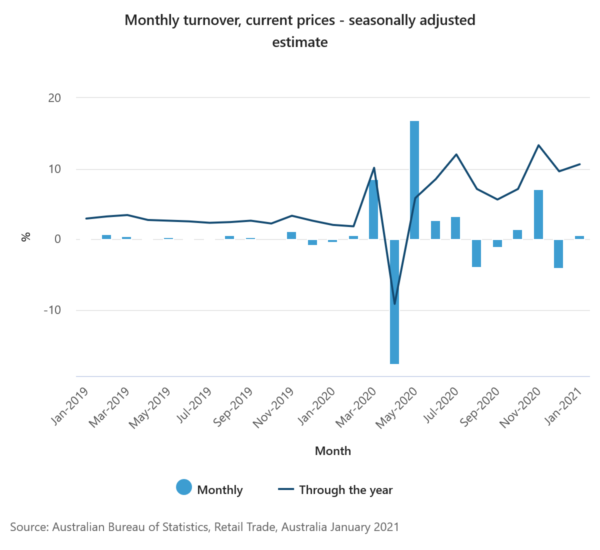
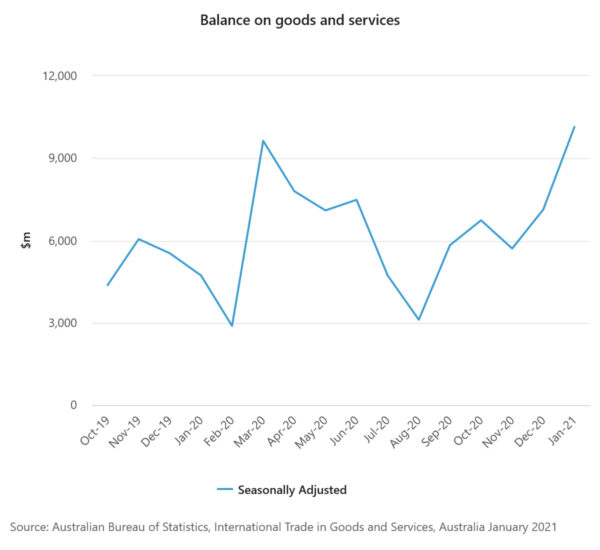
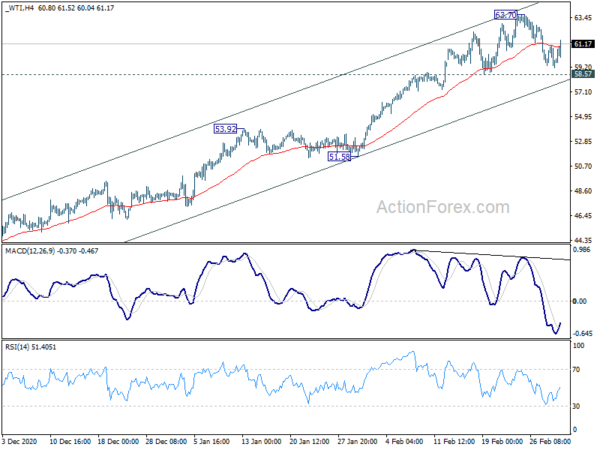
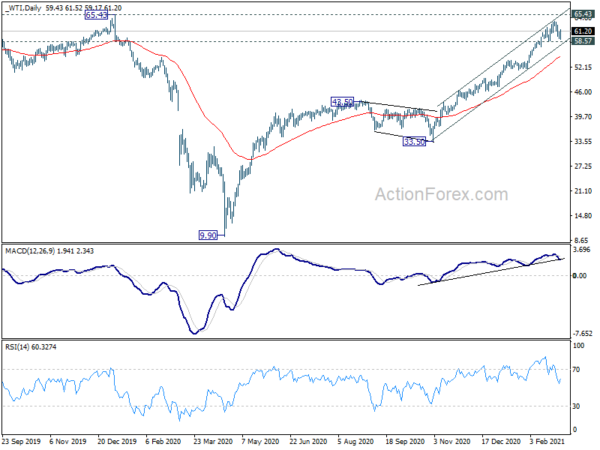
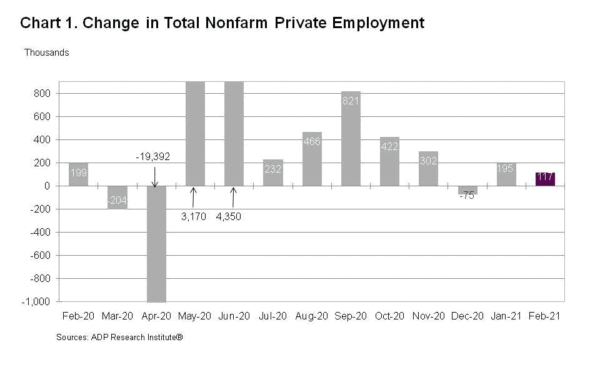

US non-farm payrolls grew 379k in Feb, unemployment rate dropped to 6.2%
US non-farm payrolls employment grew 379k in February, well above expectation of 148k. Prior month’s figure was also revised sharply up from 49k to 166k. Overall, total non-farm payroll employment was still down by -9.5m or -6.2% from pre pandemic level in February 2020.
Unemployment rate dropped to 6.2%, down from 6.3%, better than expectation of 6.4%. average hourly earnings rose 0.2% mom, matched expectations. Labor force participation rate remained at 61.4%.
Full release here.